For decades, we’ve slung slogans such as “Eat local” and “Buy local.” This past year, many us did stay local, aka near home (often because we had to). And we went outside: for respite, companionship, and exercise! We also connected with nature in new ways, from the garden beds below to the stars above. Why stop now? Let’s talk about all the ways we did—and can continue to—live locally and connect with nature!
What Did We Do?
- In addition to hiking, biking, walking, and swimming in local lakes, ponds, or rivers, we took up more outdoor pursuits like birdwatching, wild plant/animal identification, and studying local geology.
- We measured big trees and examined what was going on in dead trees.
- We planted gardens. Seed companies sold out so fast that home-garden orders were put on hold to fill orders for commercial growers. What did we grow? In addition to flowers, vegetables, fruits, and herbs, millions of families planted trees, shrubs, or flowers intended to benefit wild birds or crop pollinators.
- In backyards, schoolyards, backroads, trails, and public parks, some families, schools, and community organizations set up outdoor classrooms, even during chilly winter weather. Some families went “backyard camping,” complete with tents, cookstoves, and daily hikes around the neighborhood.
After talking “go local” for decades, now we’ve begun exploring our nearby natural resources. It’s way past time! And it’s never too late to begin.
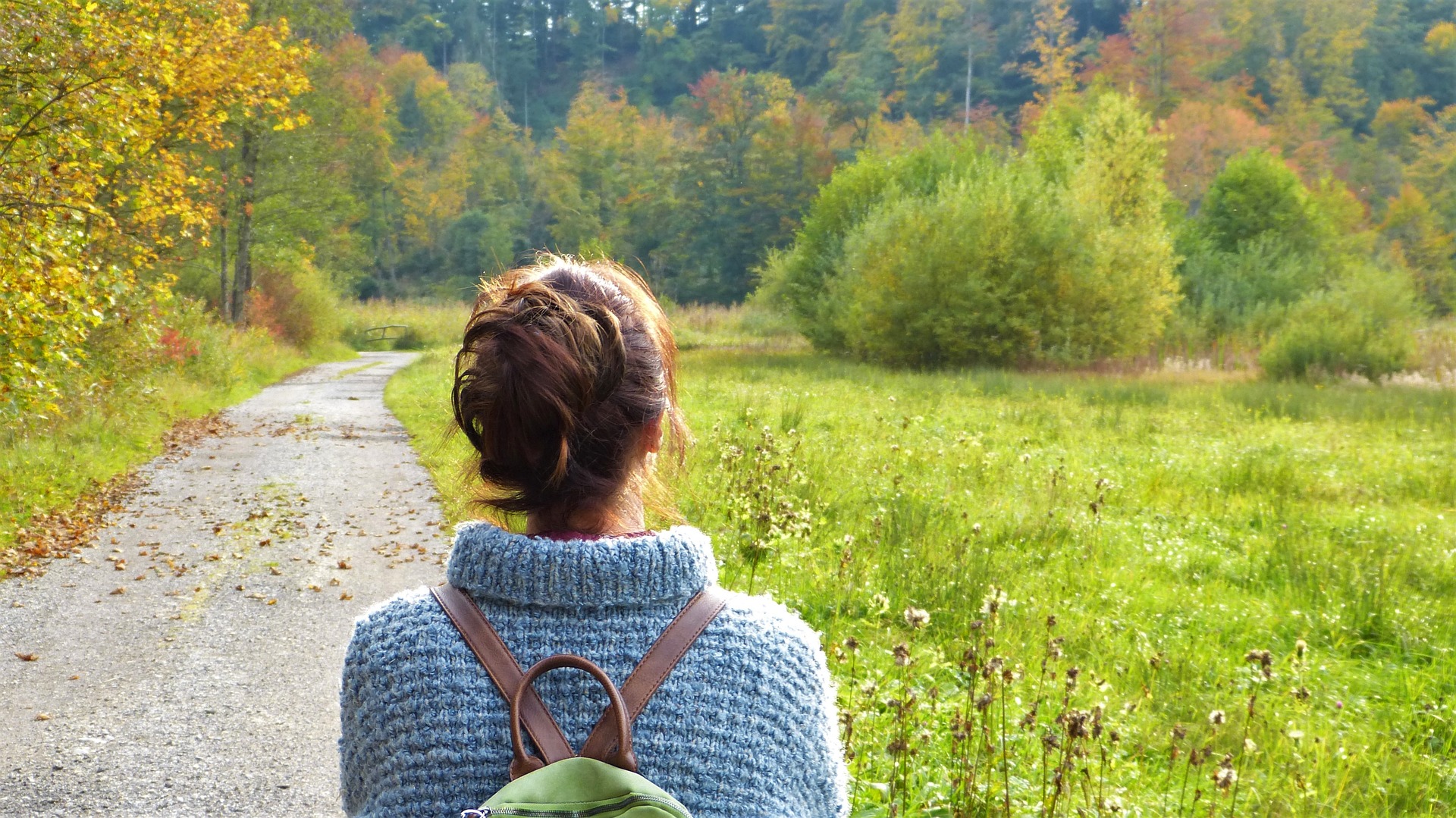
Why Stop Now?
Even if you weren’t one of the millions of Americans who developed new habits of venturing outdoors, it’s not too late to begin. There’s only one rule: Go outside and get curious.
Go out any time of year, in any weather (that’s safe). If you have a headlamp and at least one companion, go out at night. Find some sort of green space: yard, park, woods trail, back road. Begin observing. Here are ideas:
- Do you hear or see birds? Butterflies? Flying insects? Bats?
- Things crawling around: ants, beetles, snakes?
- Anything running around?
- Footprints in the mud or snow?
- Trails through the grass?
- Bird or animal droppings (scat)?
- Bird nests?
- Holes in the ground. Holes in dead, still-standing trees?
- Plants you can’t name?
- Mosses, mushrooms, lichens?
- Interesting rocks?
- Trees of all kinds: conifers, trees with leaves, trees with flowers or fruits?
- Shrubs and bushes?
- Can you identify what you smell?
- What’s changed since the last time you passed through this area?
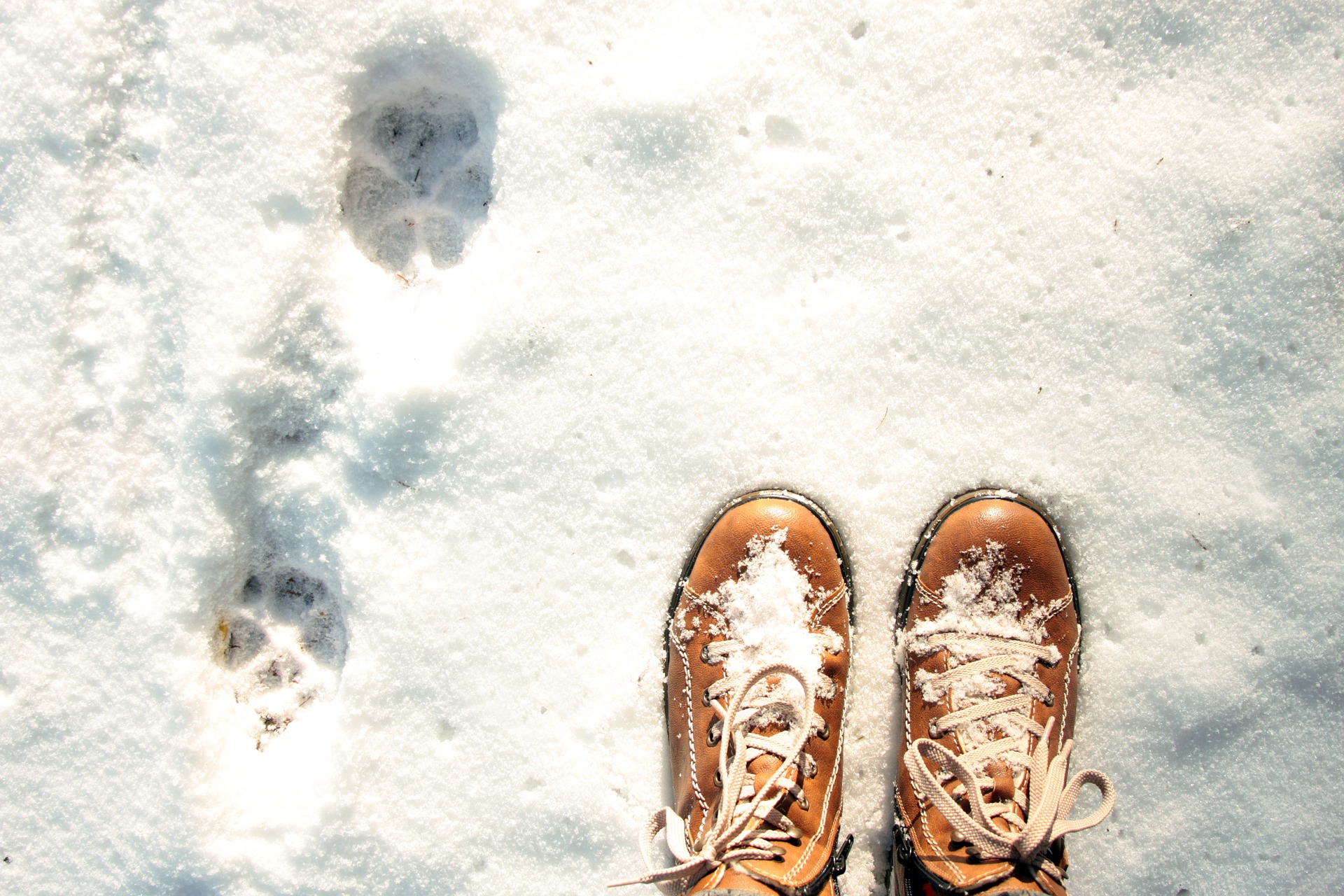
Teach yourself (and your children) to observe more and more closely. Take stock. Count, measure, describe. Listen deeply. Look at the arrangements of petals on flowers, leaves on a stalk, branches on a tree or bush. Wonder why something is the way it is, and try to discover why. Maybe buy a large magnifying glass with a handle to get a closer look at some small animal or plant features. Also, you could tuck a notebook into your pocket to take notes or make a sketch.
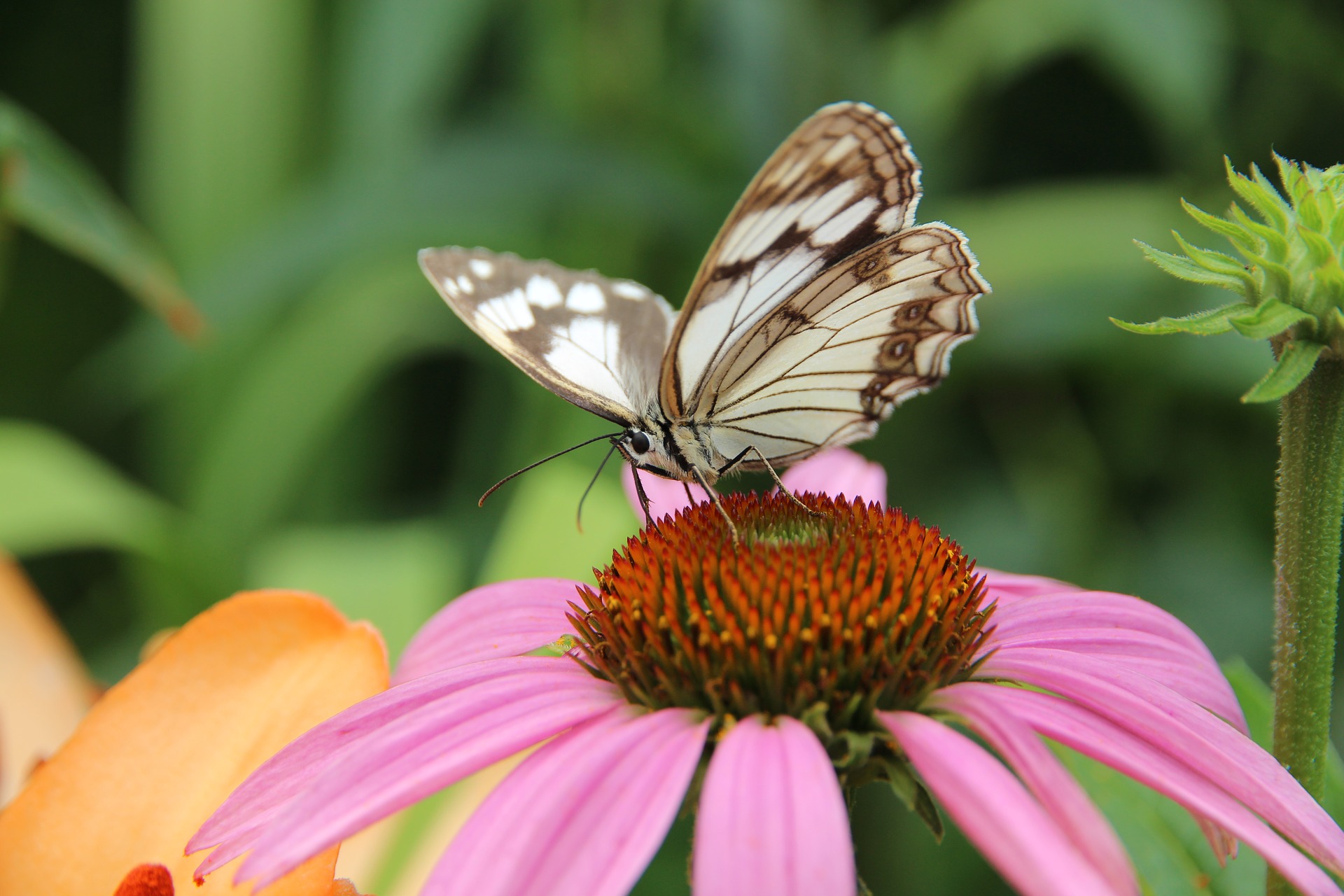
Initially, most people lack the ability not just to identify a plant or animal, but also to accurately describe a tree’s bark, a leaf, a berry, a butterfly’s wings, the spots or bristles on a “worm.” If you want to improve your vocabulary, buy or borrow some field guides to help you develop your ability to identify individuals and species. (Perhaps a holiday gift?)
A school or community group could study the hyperlocal environment through an organized program such as the National Wildlife Federation’s Certified Wildlife Habitat. Among many other options, check out iNaturalist, “a global community of people who record observations of other organisms and share them with each other so all of us can learn more about the natural world.” Or the Million Pollinator Garden Challenge.
Close and frequent observation of natural features can help in other domains of life, too: reading, writing, watching the news, interacting with others, following state and local laws and regulations, and participating in community life.
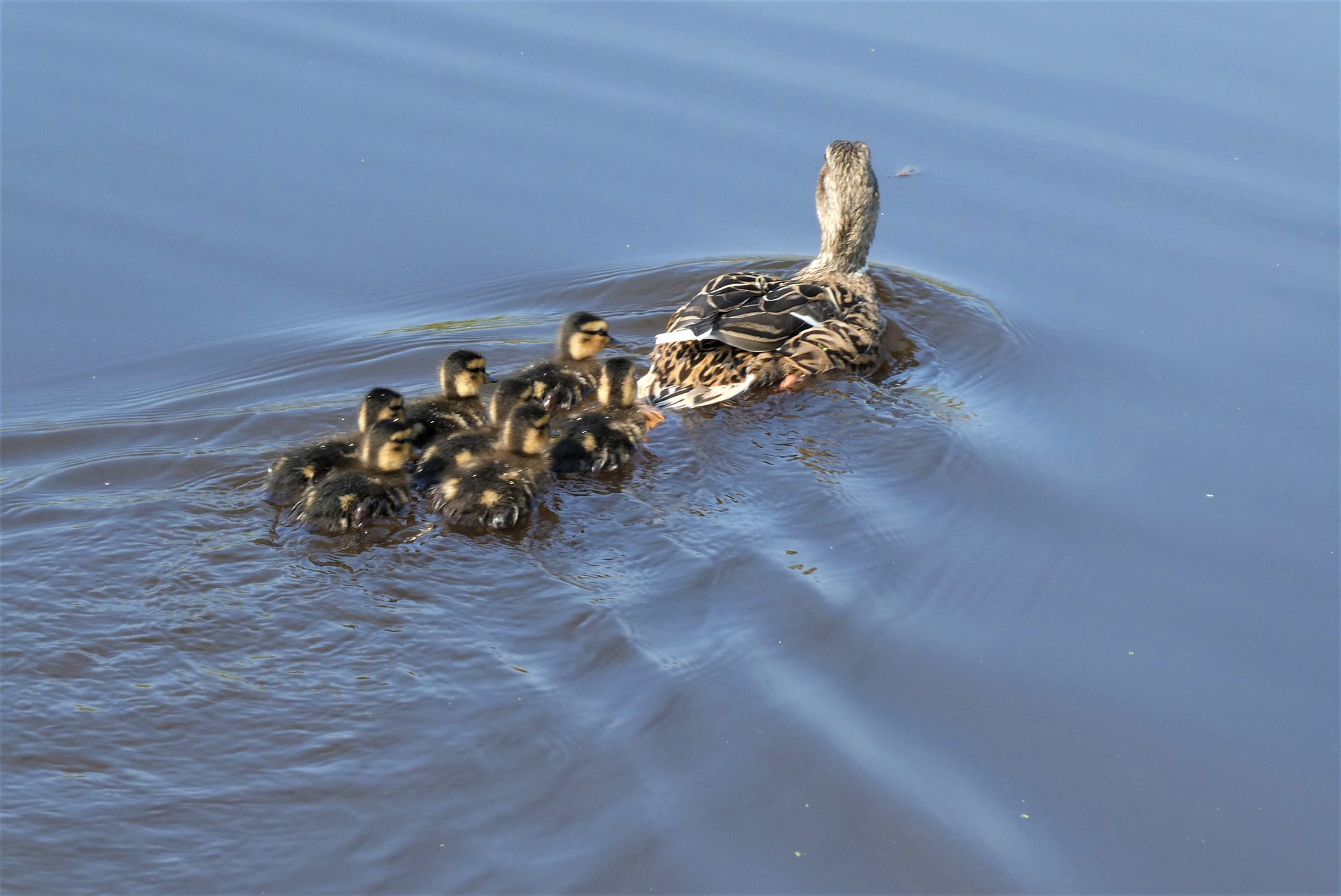
Caveats and Cautions
- Apply sunscreen on exposed skin when you go outdoors in the daytime, even in winter.
- Apply tick/insect repellent (I use picaridin 20%; only the 20% concentration deters ticks.)
- Teach children not to handle wildlife they don’t recognize, especially animals like spiders, insects, or snakes, which may bite or sting. For delicate things like frogs, salamanders, and toads, teach children to handle with care and make sure their hands are wet first—our hands’ natural oils can be harmful to amphibians’ sensitive skin.
- If you (or kids) find a dead bird or small mammal, tell them not to touch it or pick it up, unless you know what you’re about to handle.
- Also, teach kids not to handle, pick, and certainly not to taste any plant (leaf, flower, berry, fungus/mushroom) without your approval. Ditto for adults who aren’t certain that they’ve identified the plant correctly. It’s okay to touch and handle tree bark, conifer needles and cones, fallen tree leaves, rocks, and mosses or lichens.
- Carry hand sanitizer and wash your hands when you return from your outdoor adventure.
How are you going local? On a related note, how about giving holiday gifts locally?









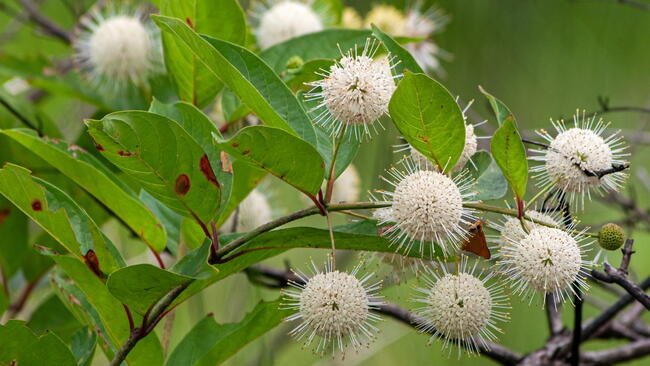
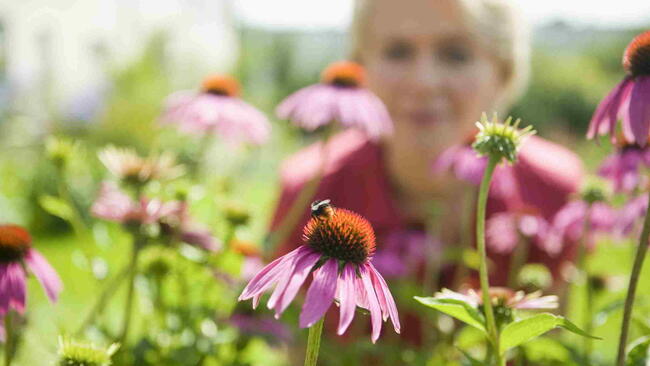

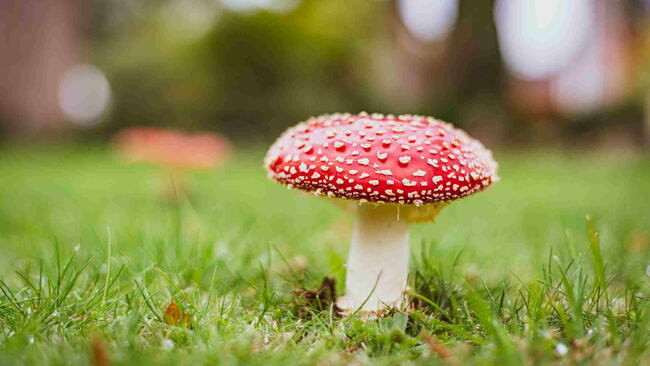

Comments